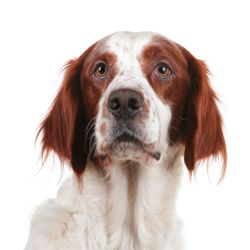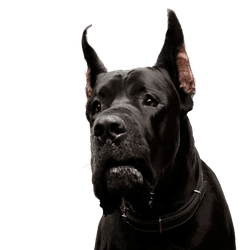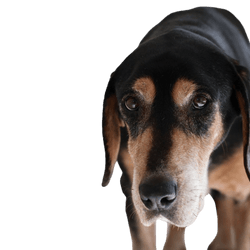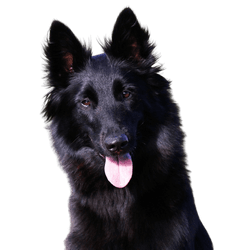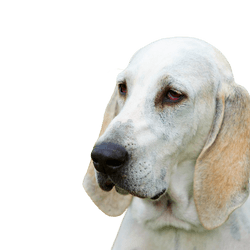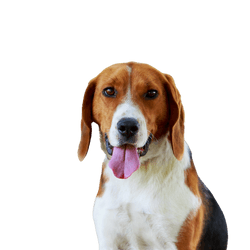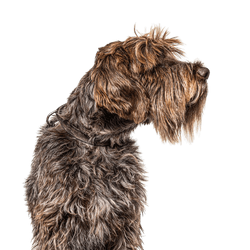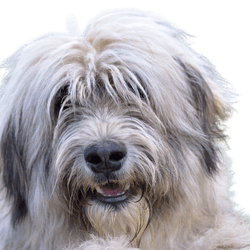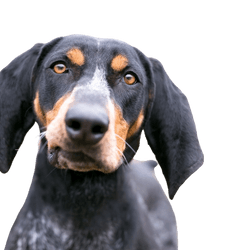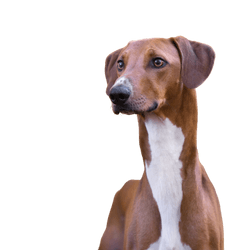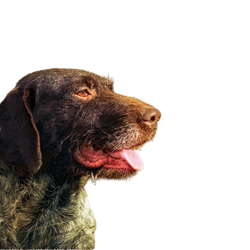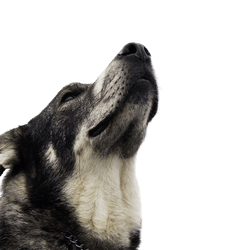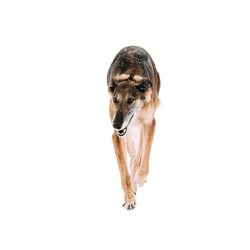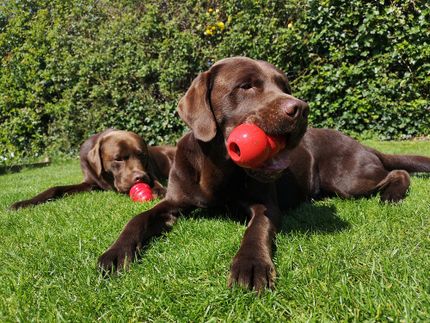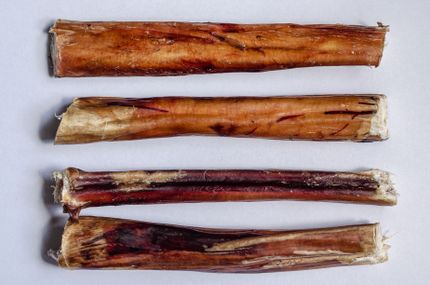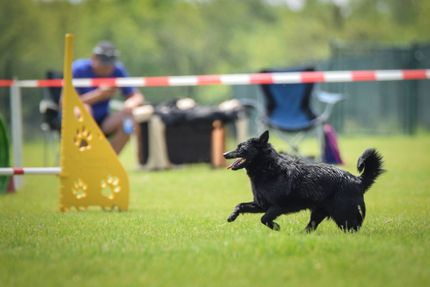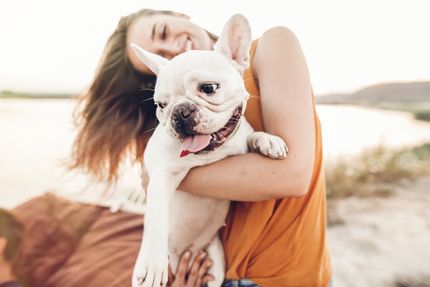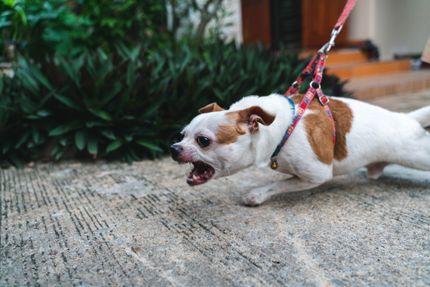
Magyar Vizsla Breed description: Character & Co
Magyar Vizsla
Facts & Origin
The Magyar Vizsla is assigned to the FCI group 7, section 1.1, under standard no. 57. It also goes under the name of Hungarian Pointing Dog, because it originates in Hungary. It is mainly kept as a hunting and companion dog and will enchant you with its lively and intelligent nature. Males reach a height of 58-63 cm measured at the withers, bitches grow to a height of 54 to 60 cm. Your dog can weigh up to 30 kg and reach an age of 15 years.
Origin and history of the Magyar Vizsla
As the name already reveals, the Magyar Vizsla originally comes from Hungary. "Magyar" means "Hungarian" in the native language and "Vizsla" is the name of the breed as "Pointing Dog". The name also refers to the Hungarian people, the Magyars, who kept a similar type of dog already in the 9th and 10th century. The Magyar Vizsla found its real beginning in the early 20th century, after setters, pointers and pointing dogs became more and more popular in the 19th century. After some time, a club for Magyar Vizsla breeding was founded and in 1936 the breed was recognised by the FCI. In German speaking countries the Magyar Vizsla dog is also called "Wischler" for short.
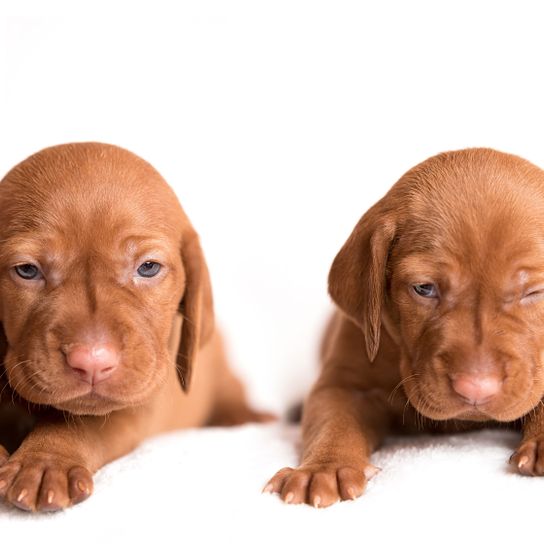

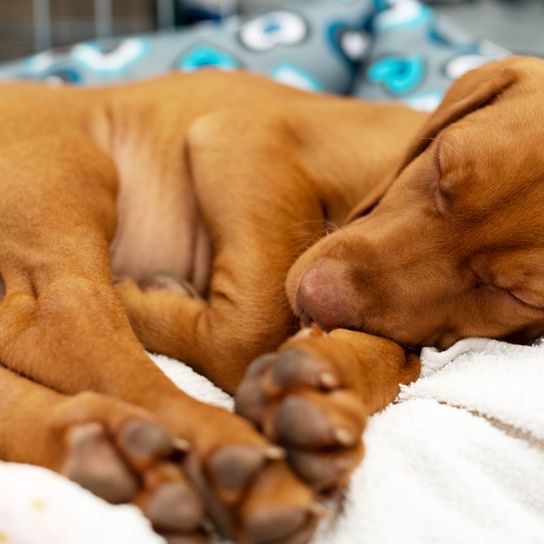
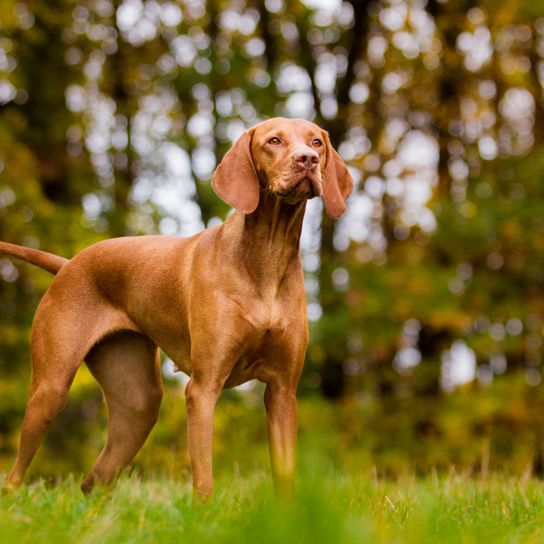
| Alternate Name | Vizla, Vizsla |
| Origin | Hungary |
| Life expectancy | 12 - 15 years |
| Care requirements | low-maintenance |
| Activity level | average to high |
| FCI group | Continental Pointing Dogs |
| AKC group | Sporting Group |
| KC group | not recognised |
Magyar Vizsla mixes
Attitude, character and temperament of the breed
Use of the Magyar Vizsla
The Hungarian pointing dog, as the name suggests, is used for pointing out game. This is a type of hunting in which the dog indicates where it smells or sees prey by standing still. In addition, the dog points out in which direction the prey is located with its snout or by raising its foreleg. Vizslas are also very often used as search dogs and tracking dogs. They are very docile and intelligent, which becomes noticeable on the hunt and in companion dog training. Magyar Vizslas react attentively to commands and have a calm disposition. Although their interest in hunting is still evident, their hunting instinct is not as distinct as in other dog breeds. However, once the Magyar Vizsla is trained for hunting, it should also be used for this activity, otherwise it will quickly become unhappy.
Keeping of the Magyar Vizsla
When keeping your Magyar Vizsla, make sure that your dog gets enough exercise. Especially if you keep the animal as a family or companion dog, long walks and a visit to a dog school are mandatory. If dogs in general do not get enough exercise, behavioural disorders or diseases can occur. You should also stimulate your dog's intelligent mind and good well-developed perceptiveness. Magyar Vizsla are excellent sports partners and companion dogs. If you like to go jogging or hiking, you are no longer on your own. Magyar Vizsla find great pleasure in walking and running long distances, which is due to their original breeding for hunting.
Magyar Vizsla are very suitable for dog sports. If you would like to spend some active time with your darling and enjoy sporting activities, then agility or similar activities would definitely be something for you. Because Magyar Vizsla are very intelligent dogs, they are also very suitable for dog dancing or obedience training. Ask for courses or training centres at your closest dog school.
Character
Usage

Health and breeding information
Magyar Vizsla breeding
If you already have a Magyar Vizsla or are thinking about breeding, you should inform yourself well and pay attention to a few things. You should be capable of taking on the big responsibility of being in charge of several animals' lives. If you want to breed fast and easy, you should slow down a bit. The most important thing is that your dog is absolutely healthy. Only with a healthy dog will bring healthy puppies into the world. Although the Magyar Vizsla does not suffer from any known hereditary diseases, you should have your dog's state of health checked by a vet beforehand. Although many breeders live on the income from their dog breeding, you should be aware that the animal is the most important thing, not the money. A Vizsla costs about 1000-1600 Euros.

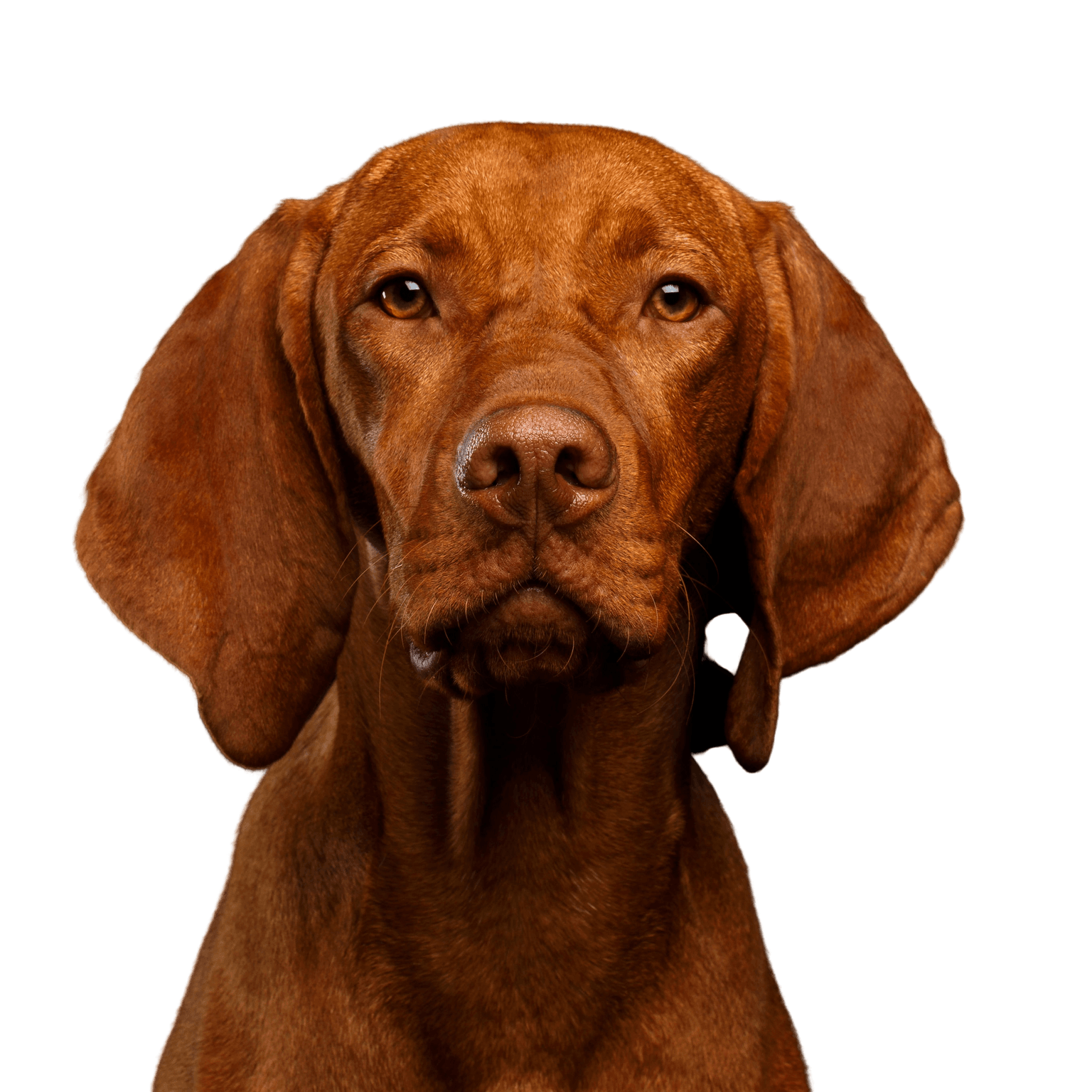
The Magyar Vizsla is full of energy and joy for life. It loves to discover and move around out in the open. Because of its breeding as a hunting dog it is full of energy and perfectly suited as your sports partner. Male dogs
- grow to a height of approx. 58-63 cm, bitches reach a height of 54-60 cm measured at the withers.
- The dogs weigh about 18-30 kg and you will find them on the list of domestic dogs as medium sized dogs.
- The dogs are mostly short-haired and beige in colour. Having said that, after crossing in the German Wirehair, also Vizslas with wiry hair are bred.
- Some dogs also have a more reddish colouring, which can appear almost dark gold.
The colouring of the coat is also due to its use for hunting, as the dogs are better camouflaged by their inconspicuous coat. In the past, dogs' tails were usually docked, especially in the Magyar Vizsla breed. Today this is forbidden in many countries.
| Fur length | short |
| Fur | flat coated |
| Ear shape | Floppy Ear |
| Tail | lang |
| Anatomy | sporty |
| Size ♀ | 53 - 61 cm |
| Weight ♀ | 18 - 25 kg |
| Size ♂ | 56 - 61 cm |
| Weight ♂ | 20 - 29 kg |
| Suitable For | - |
Colors
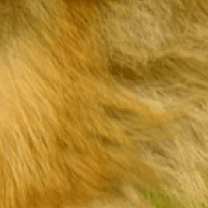
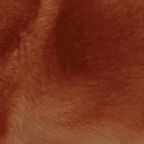
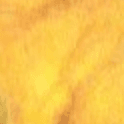
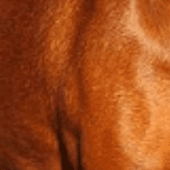
FAQ
-
Although many breeders live from the income through their dog breeding, you should be aware that the animal is in the foreground and not the money. A Wischla (as he is often called colloquially) costs about 1000-1600Euro. The Magyar Vizsla also costs 1000 Euro.
-
A Vizsla, like any other breed, can stay alone with a lot of training. But this should never be more than 3-6 hours.
-
Yes, the Vizsla is also suitable as a family dog, but in principle it is a hunting dog and originates from Hungary.
-
The Magyar Vizsla needs average to much exercise. Under 2 hours of outdoor exercise in the form of walks, running, etc. would not be a species-appropriate attitude.
Other large dogs
Useful Articles
You can find articles that might interest you in the dogbible blog to match your favorite breed.
Visit our magazineto stay up to date on dog trends.
To find out more, view our Privacy Policy
Find here the breed that suits you and find out what character traits it has. Here you can also learn more about the origin, size and weight of your favorite breeds.
Matching your favorite breed, you'll find articles that might interest you on the dogbible dog blog.
Silver Labrador - buying, breeders and information
Heart disease in dogs - diagnosis & control
5 tips for the dog's paws in the cold and snow
PRA (Progessive Retinal Atrophy) in dogs - what you need to know about it
Bathing in Carinthia with dog - these are the most beautiful tips and places



